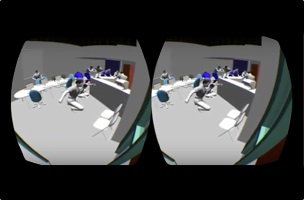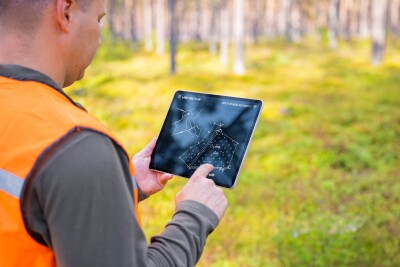We are 3D people living in a 3D world, so why do we use 2D documentation? This is a question that we’re asking in AEC, civil infrastructure, and oil & gas, but it’s also a question they’re asking in the courtroom.
Researchers at the Institute of Forensic Medicine at the University of Zurich, Switzerland have published a paper about their attempts to use the Oculus Rift VR headset to explore 3D computer reconstructions of events and crime scenes discussed as trials. The 3D models that jurors would view using these headsets would take a place alongside any other “illustrative aid” used in the trial, like photos, videos, charts, maps, and so on.
“The questions are 3D questions,” says says Lars Ebert, the lead Swiss researcher, in an interview with City Lab. “Could this person really have seen this other person? Where did this bullet fly from? What was impact angle of the car? These are 3D questions, but the evidence and reconstruction of the evidence is usually presented in 2D, on paper or screens. It always comes with loss of information, which makes it difficult to assess what actually happened.”
That probably sounds familiar to anyone who has ever tried to read a 2D diagram and make sense of what its trying to tell you about the real world.
Institute researchers have, luckily for us, included a video of a real case using the Oculus Rift. As the viewer turns her head in the video, she is able to move around and see different parts of the crime scene, which is constructed from security camera footage and LiDAR measurements of the room.
Have a look below, and read more about this project over at Atlantic’s City Lab.






